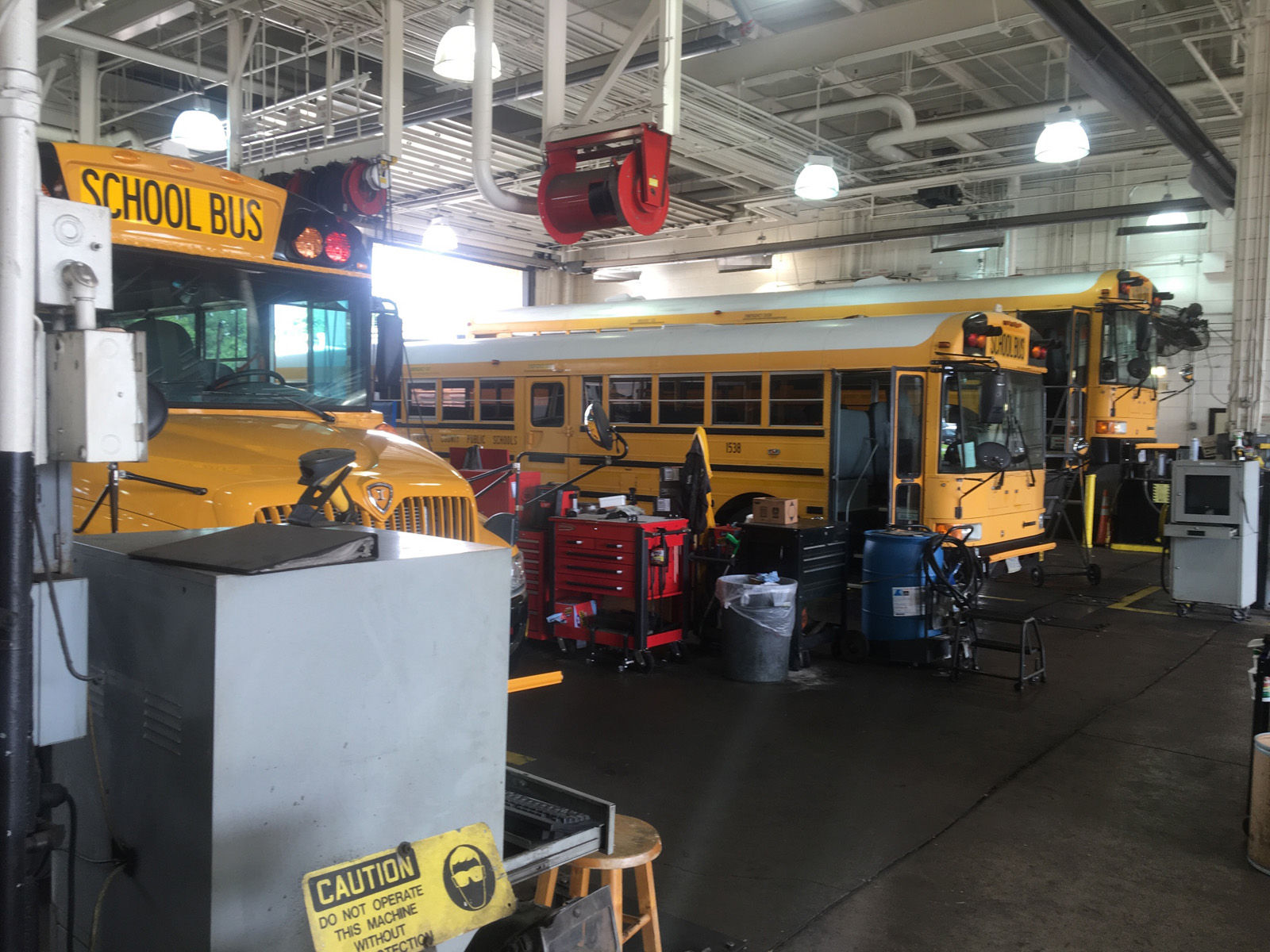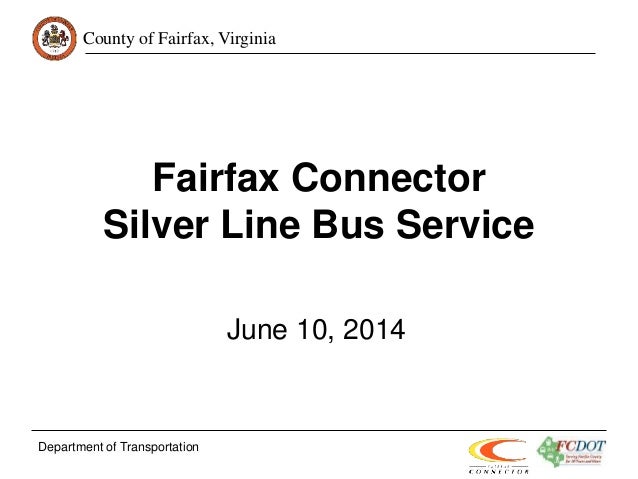

“We're aiming to have finalized networks by the end of this calendar year, and that means we're going to be going out to the public again in April and May with actual networks,” Kim said. Metro completed the first phase of the Better Bus Initiative in 2022 and is about one-third through it. We're connecting to where people need to go when they want to go, and we're building a network that promotes equity,” said Speaker Melissa Kim, deputy project manager for Metro’s bus network redesign project. “ is an exciting opportunity for us at Metro because we haven't looked at our network holistically since it was developed. It is a bit of a smaller corridor than what NVTC is planning for Envision Rt. "It will run from Huntington Metrorail Station to Fort Belvoir. Harmony recommends toolbox items like larger buses, off-board fare payments, and branding. But the more you have together, the more efficient the service will be,” said Xavier Harmony, senior program manager for the Northern Virginia Transportation Commission. You don't have to have all these features. “You can consider it (the study) a toolbox for features. What insights can the Northern Virginia Transportation Commission share about the Bus Rapid Transit study? And what about Richmond Highway, The One! and Envision Rt. Low-income households can get 50 percent off Fairfax Connector fares starting February 2023. The Fairfax County Department of Transportation received $4.5 million in TRIP program funding over three years. Many 30-minute routes became 20-minute routes. “That's important because about 7 percent of our ridership is, in fact, middle school and high schoolers,” Felschow said.

The Fairfax Connector improved middle and high school access. The Connector’s new Dulles corridor routes, 901 Chantilly and 954 Centreville, provide links to Loudoun Community College and Herndon to Sterling. “They wanted all this information done in a user-friendly fashion,” said Felschow. Schools, hospitals, and major employers needed better connectivity. Responders requested midday, weekend, early, and late service. New routes prioritized frequency and service span. They can get there faster than meandering through the community and then on the toll road to Wiehle Metro Station. The Connector linked each route to one or two Metrorail stations. “We didn’t leave out Metrorail,” Felschow said. Realigning routes, increasing frequency, and adding connections could help the Connector reinvest in the network. Felschow said the rest wanted to get in and around Reston-Herndon. Their onboard survey found only 30 percent of pre-pandemic riders wanted to use Metrorail.

He focused on plans and the Connector’s fare reduction efforts. With the Silver Line, the Fairfax Connector made sure transit-reliant people with few transportation options were served according to Speaker Michael Felschow, planning section chief, transit services division, Fairfax Connectorįelschow discussed the Virginia Department of Rail and Public Transportation's Transit Ridership Incentive Program (TRIP) and Silver Line Phase 2 bus service.

What About Buses Along the Newly Opened Silver Line? Buses should be affordable bus tracking apps would allow payment and real-time tracking. In 2018, the Washinton Area Bus Transportation Project (BTP) found that bus service must be frequent and reliable to attract more riders. Speakers discussed lessons learned, what they would continue to do, and what the agencies could do to improve service.Ĭoalition For Smarter Growth has advocated for walkable, bike-friendly, inclusive, transit-oriented DC communities for 25 years. “We're going to try to feature the service improvements that have already been happening in our region, what the results were,” said moderator Stewart Schwartz, Coalition For Smarter Growth 's executive director. The Coalition For Smarter Growth and the Northern Virginia Transportation Commission (NVTC) hosted a webinar on regional bus and transit services called What's up with the bus in Northern Virginia?


 0 kommentar(er)
0 kommentar(er)
